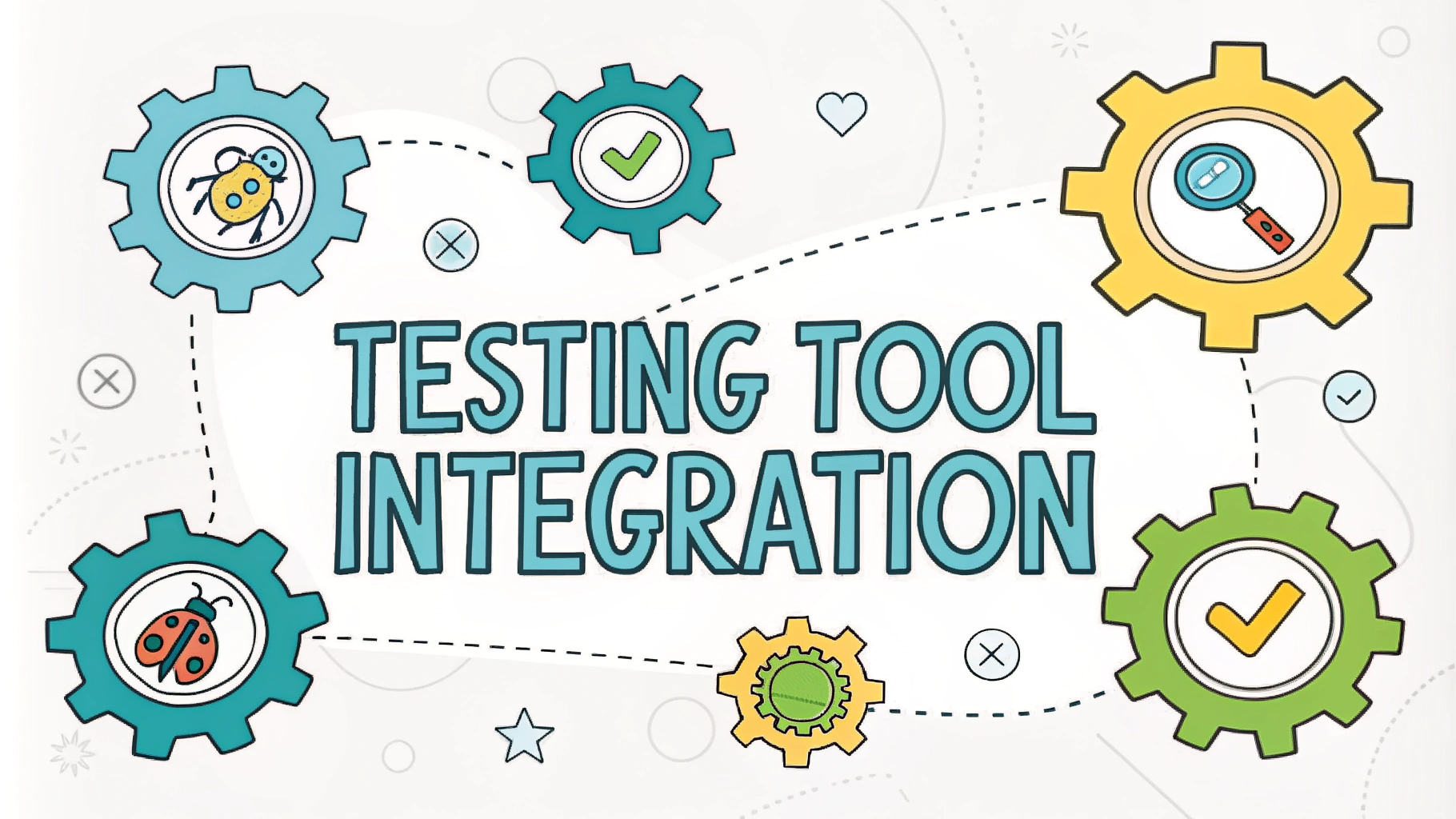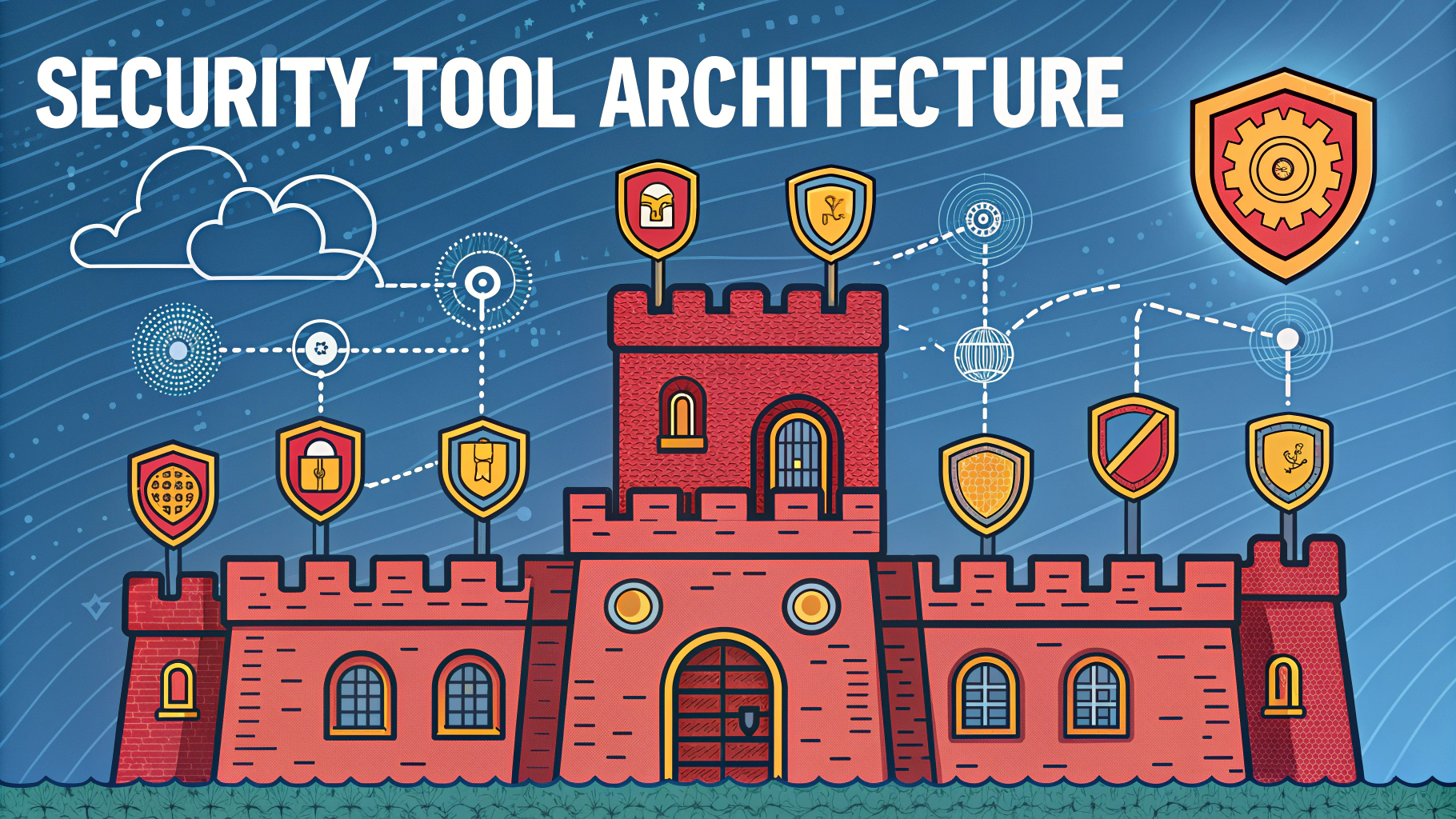Penetration testing of Industrial Control Systems (ICS) requires specialized knowledge, tools, and careful methodology to assess security without disrupting critical operations.
This practical guide helps security professionals understand proper ICS penetration testing approaches while maintaining safety and operational continuity.
Learning ICS penetration testing in a lab environment allows professionals to gain hands-on experience without risking production systems.
Setting Up an ICS Lab Environment
A basic ICS lab setup should include PLCs, HMI software, engineering workstations, and network infrastructure.
- Allen-Bradley MicroLogix or Siemens S7-1200 PLCs for entry-level testing
- RS Logix 500/Studio 5000 or TIA Portal for PLC programming
- Industrial switches supporting protocols like EtherNet/IP
- Virtual machines for SCADA software testing
Essential ICS Testing Tools
Key software tools for ICS penetration testing include:
- Wireshark – Protocol analysis
- Nmap – Network discovery
- PLCScan – PLC enumeration
- Metasploit Framework – Exploitation testing
- ISF (Industrial Security Framework) – ICS-specific testing
Safety Considerations
Never connect lab equipment to production networks or live industrial processes.
- Maintain physical separation between test and production environments
- Document all test procedures and results
- Use proper PPE when working with industrial equipment
- Understand emergency shutdown procedures
Testing Methodology
Follow these steps for structured ICS penetration testing:
- Network enumeration and device discovery
- Protocol identification
- Vulnerability scanning
- Manual testing of identified vulnerabilities
- Documentation and reporting
Common Attack Vectors
Focus testing on these common ICS vulnerabilities:
- Unencrypted protocols (Modbus, EtherNet/IP)
- Default credentials
- Firmware vulnerabilities
- Insecure network architecture
- Misconfigured access controls
Documentation Requirements
Maintain detailed records of all testing activities:
- Network diagrams and device inventories
- Test plans and procedures
- Discovered vulnerabilities
- Mitigation recommendations
- Risk assessments
Next Steps for ICS Security
Build on lab experience by:
- Obtaining ICS security certifications (GICSP, CEH)
- Joining ICS security communities (SANS ICS, ISA)
- Participating in ICS security conferences
- Contributing to open-source ICS security tools
Contact organizations like SANS ICS (www.sans.org/ics) or ISA (www.isa.org) for additional training resources and guidance.
Advanced Testing Techniques
Advanced ICS penetration testing requires specialized approaches beyond standard IT security testing:
- Protocol-specific fuzzing
- PLC ladder logic analysis
- SCADA system exploitation
- Custom exploit development
- Safety system bypass testing
Regulatory Compliance
ICS penetration testing must consider relevant regulatory frameworks:
- NERC CIP for power utilities
- FDA requirements for pharmaceutical manufacturing
- ISA/IEC 62443 standards
- NIST SP 800-82 guidelines
Risk Mitigation Strategies
Implement these security controls based on penetration test findings:
- Network segmentation and DMZs
- Protocol-specific firewalls
- Secure remote access solutions
- Enhanced monitoring and logging
- Regular security assessments
Securing the Industrial Future
Effective ICS penetration testing requires continuous learning and adaptation to emerging threats. Organizations must balance security requirements with operational needs while maintaining regulatory compliance. Build a comprehensive security program that includes regular testing, monitoring, and improvement of industrial control systems.
- Stay current with ICS threat landscape
- Implement defense-in-depth strategies
- Foster collaboration between IT and OT teams
- Maintain updated incident response plans
- Invest in ongoing security training
FAQs
- What is Industrial Control Systems (ICS) penetration testing?
ICS penetration testing is a security assessment method that identifies vulnerabilities in industrial control systems, including SCADA, DCS, and PLC environments by simulating real-world cyber attacks in a controlled manner. - What are the main differences between IT and ICS penetration testing?
ICS penetration testing requires specialized knowledge of industrial protocols (like Modbus, DNP3, Profinet), focuses on operational technology (OT), and prioritizes system availability and safety over confidentiality, unlike traditional IT testing. - Which tools are commonly used in ICS penetration testing?
Common tools include Wireshark for protocol analysis, Nmap for network discovery, Metasploit with ICS-specific modules, PLCScan for PLC enumeration, and specialized tools like Claroty and SecurityMatters for ICS-specific vulnerability scanning. - What safety precautions should be taken during ICS penetration testing?
Testing should be conducted in isolated environments when possible, have emergency shutdown procedures in place, involve plant operators in the testing process, and avoid active scanning of sensitive equipment that could disrupt operations. - What certifications are relevant for ICS penetration testing?
Relevant certifications include GIAC Global Industrial Cyber Security Professional (GICSP), CompTIA PenTest+, ISA/IEC 62443 Cybersecurity certificates, and specialized vendor certifications from Siemens, Rockwell, or other ICS manufacturers. - How often should ICS penetration tests be performed?
ICS penetration tests should be performed at least annually, after major system changes, following significant infrastructure modifications, or as required by industry regulations like NERC CIP for power utilities. - What are the common attack vectors in ICS environments?
Common attack vectors include unsecured remote access connections, vulnerable HMI interfaces, unpatched systems, weak authentication mechanisms, insecure industrial protocols, and compromised engineering workstations. - What regulations and standards govern ICS penetration testing?
Key regulations include NERC CIP for power utilities, ISA/IEC 62443 for industrial automation, NIST SP 800-82 for industrial control systems security, and industry-specific requirements like FDA guidelines for pharmaceutical manufacturing. - What should be included in an ICS penetration testing report?
Reports should include executive summaries, technical findings, risk assessments, vulnerability classifications, potential impact on operations, remediation recommendations, and detailed technical evidence supporting findings. - How is network segmentation verified during ICS penetration testing?
Testers verify proper separation between IT and OT networks, evaluate firewall rules, assess DMZ configurations, test VLANs, and validate access controls between different security zones as defined in the Purdue Model.







